Part of Respawned Fluff's answer to this recent question on headphones got me thinking about low-pass filters:
It seems they actually invert the transfer function of the dummy head/ears via software because they say right before that that "Theoretically, this graph should be a flat line at 0dB."... but I'm not entirely sure what they do... because after that they say "A “natural sounding” headphone should be slightly higher in the bass (about 3 or 4 dB) between 40Hz and 500Hz." and "Headphones also need to be rolled-off in the highs to compensate for the drivers being so close to the ear; a gently sloping flat line from 1kHz to about 8-10dB down at 20kHz is about right." Which doesn't quite compile for me in relation to their previous statement about inverting/removing the HRTF.
This is talking about headphones, not circuits, but it made me wonder if it's possible to create such a transfer function with an analog circuit. First-order filters have a slope of -20 dB/decade. Is there anything weaker? I suppose the transfer function would be something like this:
$$H(s) = \frac 1 {1 + \sqrt{s / \omega_c}}$$



